What is Oriented Strand Board (OSB) and used for?
If you're looking for a reliable and versatile wood panel for your construction projects, look no further than Oriented Strand Board (OSB). OSB is a widely used engineered wood product that offers exceptional strength, performance, and versatility. Let's delve into the world of OSB and explore its manufacturing process, applications, and advantages.
What is Oriented Strand Board (OSB)?
Oriented Strand Board (OSB)
Oriented Strand Board (OSB) is an engineered wood panel composed of rectangularly shaped wood strands arranged in cross-oriented layers. These strands, which are 8 to 15 centimeters long, are bonded together using waterproof heat-cured adhesives. The result is a solid and uniform panel that exhibits strength, resistance to deflection, warping, and distortion. In terms of performance, OSB is comparable to plywood, making it a popular choice among builders and architects.
How is Oriented Strand Board (OSB) made?
Oriented Strand Board (OSB)
Contact>>>Here
The manufacturing process of OSB involves utilizing the whole tree, including crooked, knotty, and deformed trees that would otherwise go unused. In regions like British Columbia (BC), Oriented Strand Board (OSB) manufacturers make use of abundant, small-diameter poplar and aspen trees. These trees are processed into wood strands, which are then mixed with waterproof resin and interleaved together in thick mats. The mats are subjected to heat and pressure, bonding the strands into a solid panel.
In Canada, OSB panels are manufactured in compliance with the requirements set by the Canadian Standards Association (CSA). These standards define performance ratings (grades) for specific applications such as floor, roof, and wall sheathing in light-frame wood construction. CSA O86 provides design values for OSB construction sheathing, enabling engineers to design roofs, walls, and floors using OSB that conforms to CSA O325.
What is OSB used for?
Oriented Strand Board (OSB)
Contact>>>Here
BC manufacturers produce a wide range of OSB products suitable for both structural and non-structural applications. OSB is commonly used for roof, wall, and floor sheathing due to its lightweight nature, strength, and versatility. It is also utilized as the web material for prefabricated I-joists and as a skin material for structural insulated panels. The inherent strength and stability of OSB makes it resistant to warping, wind loads, and seismic forces. Beyond construction, OSB finds its way into various industries such as RV fabrication, cargo-van panels, pallets, industrial containers, marine applications, and even furniture manufacturing.
Fire, Rot, and Mold Resistance
Oriented Strand Board (OSB)
Contact>>>Here
To enhance its resistance to decay and fire, OSB can be chemically treated. When treated correctly with suitable resins, Oriented Strand Board (OSB) becomes water-resistant. Manufacturers must conduct strict testing to determine the effectiveness of fire retardants and other chemical treatments, proving the durability and safety of their OSB products.
OSB vs. Other Products
Oriented Strand Board (OSB)
Contact>>>Here
Compared to plywood, OSB is a go-to choice for many construction applications due to its cost-effectiveness and availability. It can be fabricated into larger panels than plywood, offering increased efficiency during installation. However, it is essential to note that OSB is sustained and has higher tendencies when exposed to moisture, particularly at panel edges. Despite these differences, both OSB and plywood meet the same standards of strength and structural performance.
In conclusion, Oriented Strand Board (OSB) is an exceptional engineered wood panel that provides strength, versatility, and reliability for a wide range of applications. Its manufacturing process utilizes sustainable legal practices, making use of wood strands that would otherwise be wasted. Whether used for structural or non-structural purposes, OSB proves its worth as a durable and cost-effective choice. When it comes to construction materials, Oriented Strand Board (OSB) is undoubtedly a reliable and efficient option
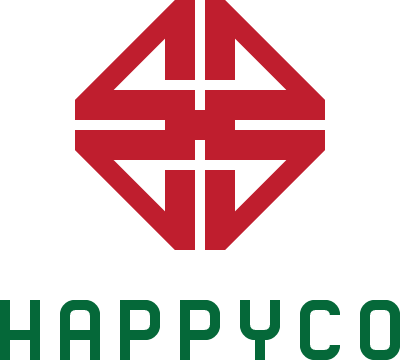

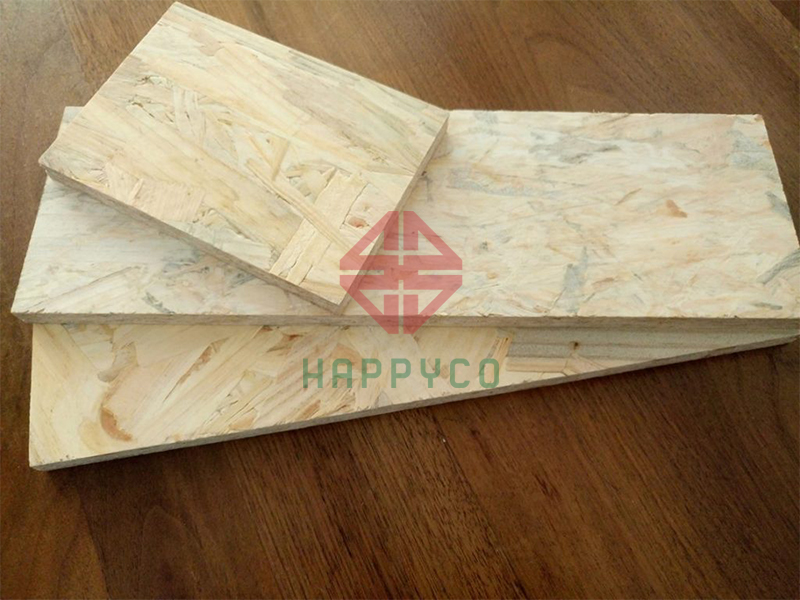
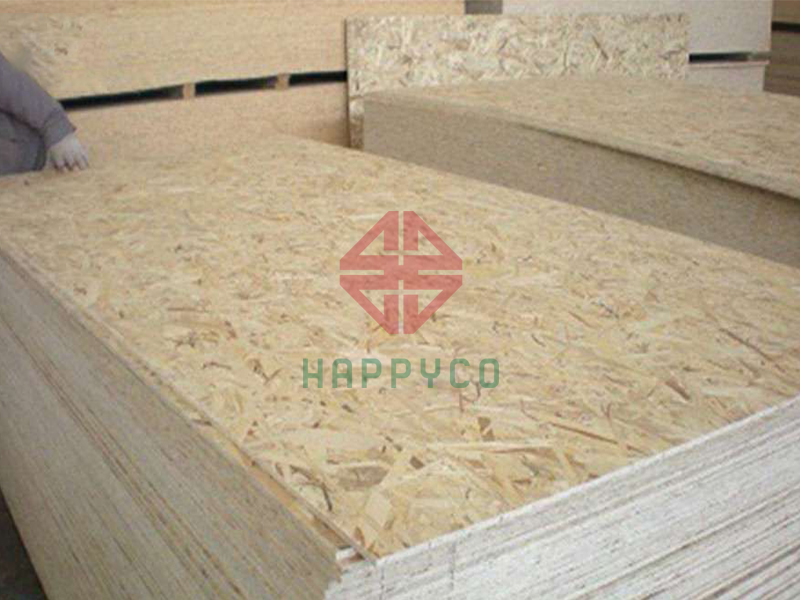

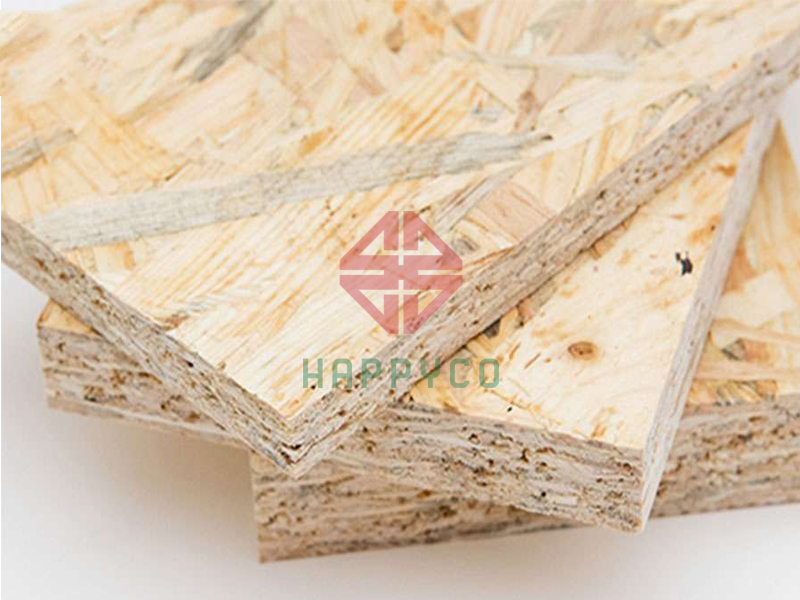
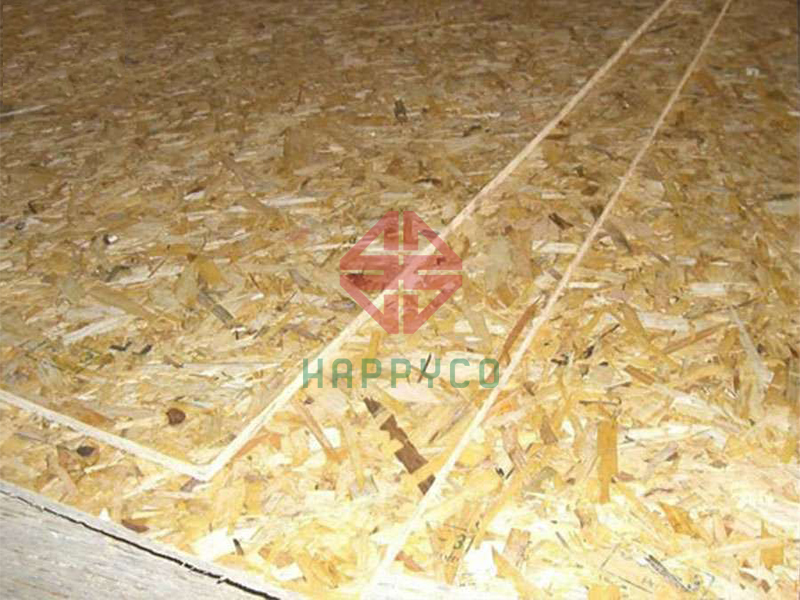
main.comment_read_more